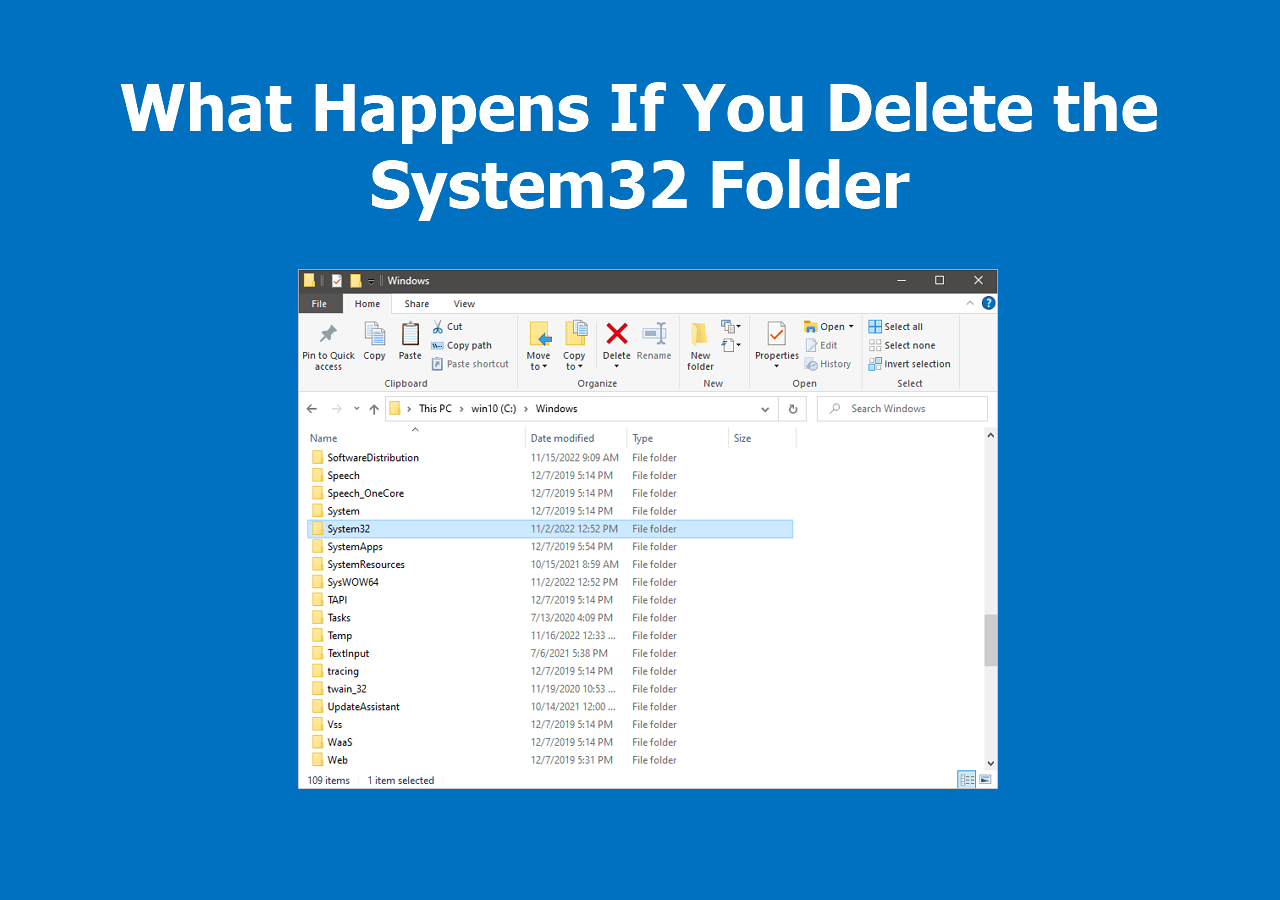Understanding the system32 Folder
The system32 folder is a critical component of the Windows operating system, located in the C:Windowssystem32 directory. It houses essential files such as DLLs, drivers, executables, and system libraries that enable core OS functions, hardware interactions, and application stability.
Immediate Dangers of Deleting system32
Removing the system32 folder triggers severe consequences, often irreversible without specialized recovery tools. Key risks include:
- System Failure: Deleting vital files causes the OS to crash instantly, leading to blue screen errors (BSOD) or complete failure to boot. This renders the computer unusable until repairs.
- Program Malfunctions: Applications reliant on shared DLLs stop functioning correctly, resulting in crashes, error messages, and loss of unsaved data.
- Security Vulnerabilities: Critical security components, like drivers for firewalls or updates, are deleted, exposing the system to malware and unauthorized access.
- Data Loss and Corruption: User files may become inaccessible due to corrupted system processes, and manual recovery attempts risk permanent data damage.
- Boot Loop or Reinstallation Requirement: Without system files, Windows enters an infinite boot loop or requires a clean OS reinstall, potentially erasing personal files and settings.
Why You Should Never Remove It
The system32 folder is fundamental to Windows integrity. Deleting it serves no legitimate purpose; it's often a prank or malware trick. Tampering violates OS design and voids warranties, while recovery is costly and time-intensive. Maintain system health by avoiding modifications and using built-in tools like Disk Cleanup for safe maintenance.













